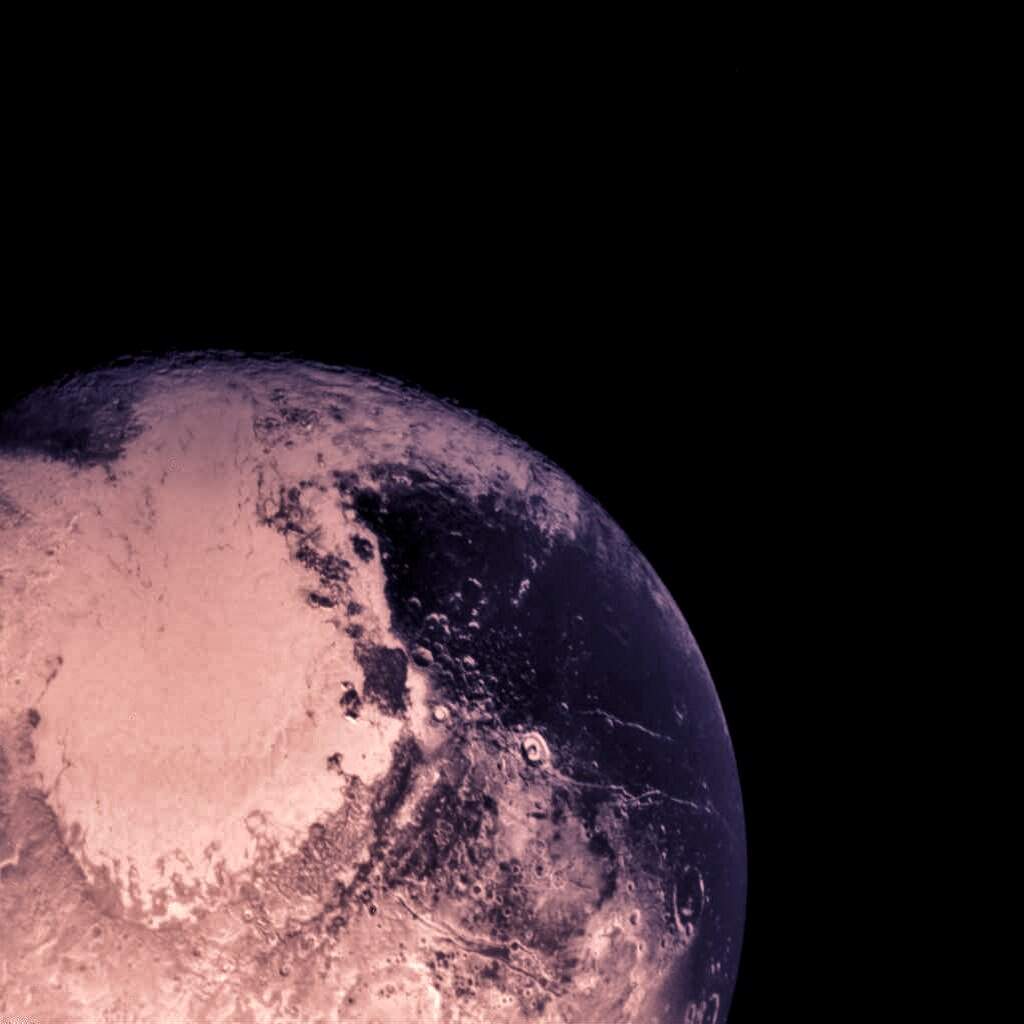

Pluto Day
Also known as
Pluto Discovery Day
Observed
annually on February 18th
Dates
Tags
History & Culture
Science & Technology
Hashtags
Sources
http://history.com/this-day-in-history/pluto-discovered
https://solarsystem.nasa.gov/planets/dwarf-planets/pluto/in-depth/
https://solarsystem.nasa.gov/planets/dwarf-planets/pluto/overview/
https://www.holidaysmart.com/holidays/daily/pluto-day
https://www.anrdoezrs.net/links/100298379/type/dlg/https://www.newspapers.com/image/516377471/
https://www.anrdoezrs.net/links/100298379/type/dlg/https://www.newspapers.com/image/516377994/
https://www.anrdoezrs.net/links/100298379/type/dlg/https://www.newspapers.com/image/633210120/
Astronomer Clyde W. Tombaugh discovered Pluto on February 18, 1930, at the Lowell Observatory in Flagstaff, Arizona. It appears Pluto Day sprang up naturally as an informal anniversary holiday, but it has been officially observed on some occasions. In 1999, the Lowell Observatory declared Pluto Day in honor of the discovery anniversary, holding an event at the observatory on Saturday, February 20. Admission was free, and lectures about Pluto, tours of the grounds, and science demonstrations were given. Telescopes could also be looked at, including the one that was used to discover Pluto. It is possible that the event helped popularize the idea of Pluto Day. In 2020, the Lowell Observatory sponsored "Pluto Discovery Day" at Flagstaff's Orpheum Theater on February 18.
Percival Lowell was the first to propose that the planetary body that turned out to be Pluto existed. Wobbles in the orbits of Uranus and Neptune had been detected, and he thought they must be caused by the gravitational pull of an unknown planetary body. Lowell determined the approximate location of the body and tried to locate it for more than a decade, to no avail. In 1929, at the Lowell Observatory in Arizona (named for Percival Lowell), the search for the planet started again, with calculations previously made by Percival Lowell and W.H. Pickering being used as a guide.
On February 18, 1930, Clyde Tombaugh found Pluto while using a blink microscope combined with photographic plates. The discovery was publicly announced on March 13, on the anniversary of Lowell's birth and of the discovery of Uranus. At the time, Pluto was deemed to be a planet, although it is now considered to be a dwarf planet. It was named after the Roman god on the underworld, and its name was given to it by Venetia Burney, an 11-year old girl from Oxford, England. She suggested the name to her grandfather, and it was selected after he forwarded it to the Lowell Observatory.
Pluto is in a region called the Kuiper Belt, where other icy bodies and dwarf planets are located. It is 4.5 billion miles away from Earth, and averages a distance of 3.6 billion miles from the Sun, being almost 40 times farther away from the Sun than Earth is. It takes Pluto about 248 years to complete its oval orbit around the Sun, and a day on Pluto is 153 hours long. Pluto is 1428 miles in diameter, making it about two-thirds the size of the Earth's moon and about half the width of the United States.
Pluto has a thin atmosphere consisting mainly of nitrogen, along with some methane and carbon monoxide. Its surface temperature is between -350 and -400 degrees Fahrenheit—so cold that life likely can't exist there. Because of its distance from the sun, it is also very dim on Pluto, with daylight being comparable to the time just after sunset on Earth. The landscape is made up of mountains, valleys, craters, and plains. A heart-shaped glacier that is about the size of Texas and Oklahoma combined is perhaps its most distinct feature. Pluto has five moons, with Charon being its largest, which it rotates with. Discovered in 1978, Charon isn't much smaller than Pluto, being 737 miles in diameter.
In August 2006, the International Astronomical Union announced that Pluto was no longer considered a planet, and instead was a dwarf planet, because of new rules that said a planet had to "clear the neighborhood around its orbit." Pluto doesn't do that because its orbit overlaps that of Neptune for about 20 years of its 248-year orbit. For that period of time, it is closer to the Sun than Neptune is. Being that Neptune is much larger, it still is considered to be a planet. But this doesn't mean that Pluto has become neglected. On the contrary, NASA's New Horizons spacecraft flew through Pluto's system in 2015, taking the first close-up images of Pluto and its moons. With a continued focus on this one-time planet, it is only right that we celebrate it, and we do so today, on the anniversary of its discovery.
How to Observe Pluto Day
Some ideas on how to celebrate Pluto Day include:
- View photos of Pluto from NASA.
- Learn more about the New Horizons spacecraft and its Pluto mission.
- Find out your "Pluto time."
- Visit the Lowell Observatory or another observatory. Check if Pluto Day events are taking place at the Lowell Observatory or at another location in Flagstaff.
- Learn more about Clyde Tombaugh and Percival Lowell.
- View the sky with your own telescope.





















